When you begin searching for a new car, you’ll realise that there’s more than one variation of almost every model. Thinking of buying a Volkswagen Polo Hatchback? There are 26 different variations. What about a BMW 1 Series? 73 different options. The difference between each variant can be anything from the size of the engine, number of doors, fuel efficiency or even entertainment system. Each variant is signified with a different designation. Normally 3 to 4 letters long, these acronyms (think NASA or BBC) reveal important information about how the car is setup. To anyone except for dedicated car enthusiasts, these designations can almost be as confusing as hieroglyphics. So we decided to create this guide to help you understand what car designations mean.
Popular Designations
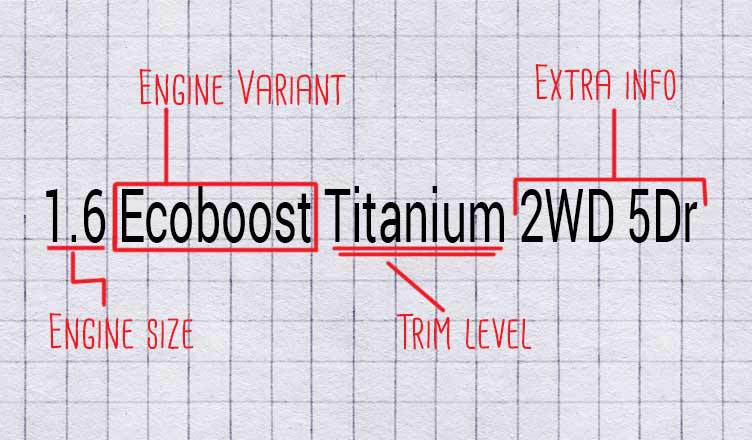
These are some of the most common engine designations. Many of these are pretty straightfoward, but we’ve included them just in case.
1.0/1.2/1.6 etc. – The number at the start of the model refers to the engine size. The litres measured refers to the amount of cylinder space in the car. In general, the bigger the engine, the more power availble. As engines have improved, smaller engines have become more efficient and so more powerful.
V6/V8/V12 – This refers to the number of cylinders in the engine. The more cylinders there are, the more power produced. “V” refers to the shape of the motor.
Turbo – Short for turbocharger. This is a turbine inside the engine that is powered by waste gases turning the turbine. This in turn pushes the fuel and air mixture into the engine at a higher pressure, increasing the power output.
Sport – This refers to the set up of the car and normally means the suspension has been lowered and the engine has more power. “Sport” is usually accompanied by another designation like Turbo.
3dr/5dr – The number of doors on the car. This includes the boot.
2WD/4WD/FWD/RWD – Whether or not the car is 2 or 4 wheel drive, as well as whether the power comes from the front wheels or rear wheels. FWD or RWD often replaces 2WD as you cannot have 4WD on a rear or front wheel drive car.
GT – Gran Turismo. This signifies the car is a performance or luxury vehicle. GT is often translated into Grand Tourer.
GTR – Gran Turismo Racing. This shows the car is a much more sporty version, with adaptations and set up designed for speed, handling and performance.
Nav – The car comes with a built in satellite navigation system.
VVT – Variable valve timing. This is Toyota’s variation.
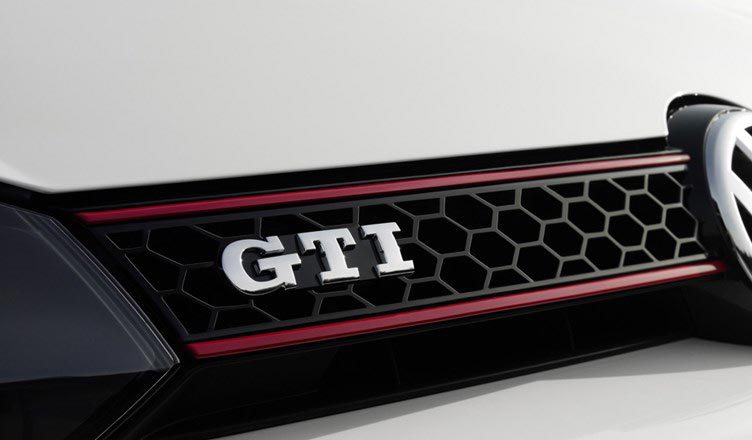
Model quality
Most manufacturer’s supply each model within a range of different qualities. From a basic version to the fully equipped premium model, the below designations should give you an idea of what level of car you are buying. The better the quality, the higher the price.
SL – Standard level. This is the basic version of a model.
SE – Special Edition. These are usually specially made variations that come with features unavailable to the standard models.
EX – No longer as common, EX stands for Extra. Above the basic model, you’ll have to research to see just how much it improves on the base.
LS – The L means “Luxury” whereas the S can mean sport, sedan, saloon etc.
Each manufacturer has their own way of labelling the trim level. If you are after a specific level of quality, visit each manufacturer’s site for more details.
Engine Types and Common Rail
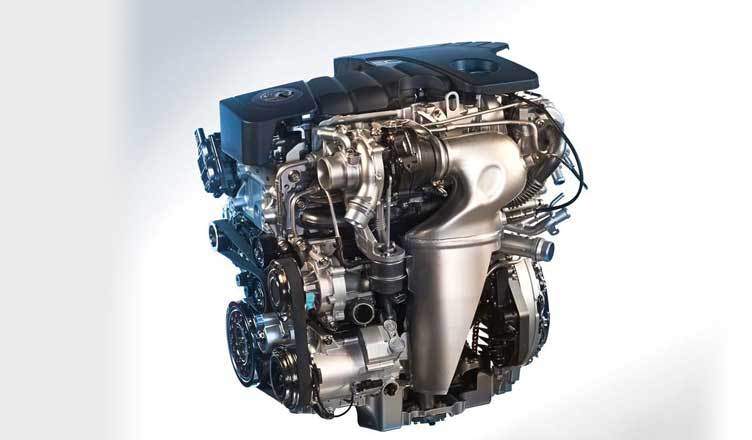
One of the most common designations you will find on a car refers to Common Rail direct Injection. This is a system used by most manufacturers to inject fuel into the engine. The appeal of the system is that it helps to reduce emissions and engine noise. There is an insightful guide to common rail direct injection systems over at the Swedespeed site.
Different car makers have different designations for this type of system. Some of the most common variations used by manufacturers are:
CRDi – Common rail direct injection, used by Kia and Hyundai.
CDI – Common-rail diesel injection, used by Mercedes-Benz.
CDTi – CDTi is the Vauxhall variation of this system.
d – The lower case “d” is used by BMW (for example 330d).
HDI – Citroen’s version, stands for High Pressure Direct Injection.
i-DTEC – Honda’s version, stands for Intelligent Diesel Technology Electronic Control.
TDCi – Ford’s version, stands for Turbo Diesel Commonrail Injection.
TDI – Volkswagen’s variant, stands for Turbocharged Direct Injection.
There are a huge variety of different variations on the Common Rail theme. Wikipedia has a list containing more variants used by less popular manufacturers.
Manufacturer specific designations
Listing all the different variations here would be impossible. Instead, we will go through the most popular car manufacturers and list some of their most common unique designations.
Audi
S Line – S Line is a premium trim version of a car, including anything from alloy wheels, lower sport suspension, xenon LED headlights, and leather seats.
Quattro – This symbolises it is All Wheel Drive, Audi’s variant on the 4WD or 4X4 theme.
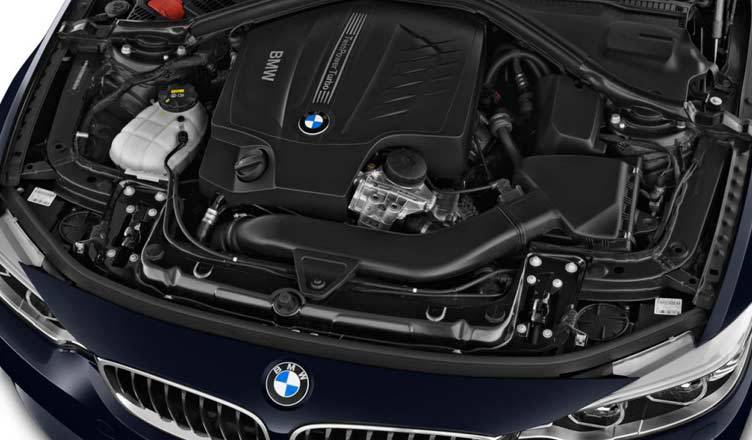
BMW
ES – Stands for Edition Sport.
SE – Special Edition.
M – M on a BMW means the car was produced by the high performance division.
EfficientDynamics – This is BMW’s more efficient and eco-friendly engine variant.
xDrive – BMW’s designation for permanent all wheel drive cars.
Citroen
VT This signifies the basic model of a Citroen car.
VTR This is the mid range model of Citroen, usually with more features and upgrades when compared to the VT model.
VTR+ The premium model, these are the Citroen cars with the most comprehensive features and options available.
Fiat
Twinair – This is Fiat’s small, extremely efficient engine model.
Multijet – Fiat’s designation for a diesel common rail based engine.
Ford
Ecoboost – Ford’s turbocharged direct injection petrol engines.
Zetec – This is the label for Ford’s inline 4-cylinder engines.
Titanium – Titanium is the name for the premium trim version of selected Ford models.
Kia
ISG – Idle Stop & Go. Saves you petrol by turning off the car’s engine automatically when stationary, before starting again without needing to turn the key.
Mercedes-Benz
AMG – This signifies the car was built by a special division of Mercedes-Benz where all the engines are handbuilt.
Peugeot
Active/Allure/Access/Feline – This is the name given to the different trim options and set ups available.
SEAT
Ecomotive – This signifies the car has one of SEAT’s most efficient engines, the most economical after hybrid and electric engines.
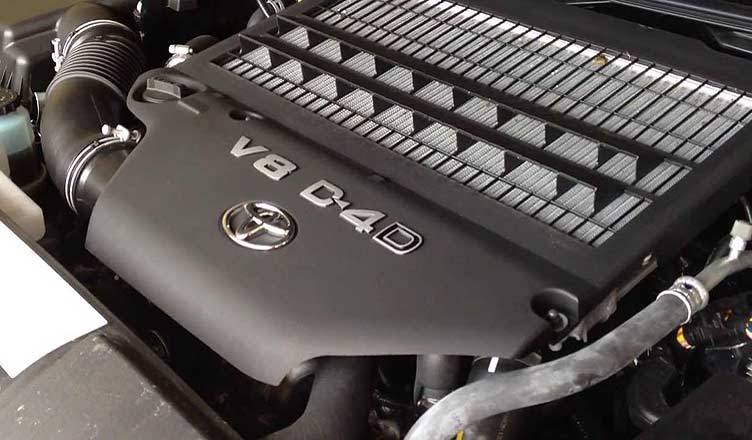
Vauxhall
ecoFLEX – The label for Vauxhall’s most efficient engines.
Volkswagen
Bluemotion – Volkswagen’s most efficient engines.
Looking for more car buying advice?
Read some of the most popular reviews and car comparisons from the award winning blog.
Top cars for the young professional
BMW 3 Series Car Review
Best Car Finance Deal – Ford Fiesta
You can also watch some fantastic videos over at our Youtube account. Don’t forget to subscribe to our blogto get all the best updates direct to your inbox.

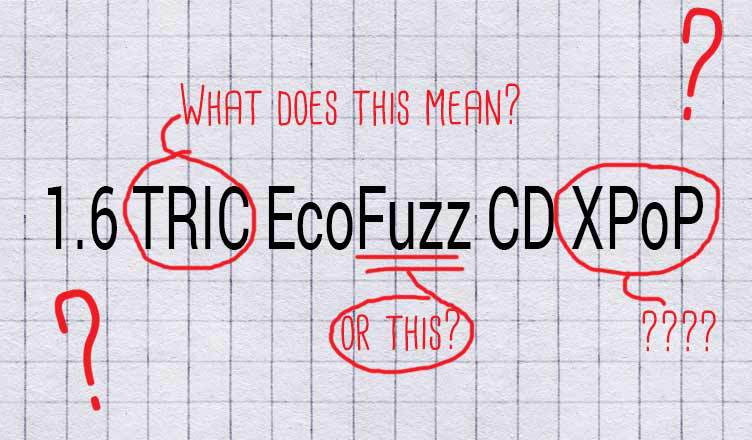



 Facebook
Facebook Twitter
Twitter Instagram
Instagram LinkedIn
LinkedIn Youtube
Youtube